After a dominant performance in her latest match, Elena Rybakina addressed questions around her push to reach the WTA Finals. While confirming that making the year-end championships remains a goal, she was careful to resist framing the chase in terms of stress or pressure. Instead, she emphasized focus, realism, and control over her path forward.
Her balanced approach has drawn attention—particularly because she is keeping her qualification hopes alive in a tightly contested race. In this article, we’ll break down what she said, her current standing in the WTA Race, what she still needs to do, and how this mindset can impact her run in the coming weeks.

What She Said: Staying Focused, Avoiding Glossed Pressure
“I Won’t Call It Pressure”
Rybakina was asked whether the looming possibility of qualifying for the WTA Finals felt like pressure. She responded diplomatically: instead of viewing it as pressure, she framed it as “motivation” and “challenge.” She insisted that labeling the moment as pressure doesn’t help—what matters is execution, consistency, and resilience.
She acknowledged that the circumstances are tight: the points gap is narrow, and outcomes will depend not just on her own matches, but also on how her rivals perform. Still, she made clear that she can only control her results, not external factors, and her mindset remains grounded.
Reaction to Her Win
In her recent match, she served well and leveraged opportunities, winning in straight sets. She said several factors aligned: her serve was effective, she caught a few tight lines, and momentum carried her. But she also noted that winning cleanly in straight sets under these conditions is not easy—she was glad to come through without dropping a set.
She also implied that every match from here on is crucial, not just for points, but for confidence and momentum.
Current WTA Finals Race Landscape
Tight Point Margins
Rybakina finds herself in a tight three-way fight for the final spots at the WTA Finals. She, Jasmine Paolini, and Mirra Andreeva are separated by only a few hundred points. What she does in the next events could tip the balance one way or another.
Because so much is in flux, her path is still open: a deep run in the current tournaments (like Ningbo, and possibly next in Tokyo) could vault her ahead, depending on rivals’ results.
Recent Struggles & Bounce Back
Earlier in the season, Rybakina had some early exits and uneven form in key events. That inconsistency worked against her in accumulating ranking points. But over the past stretch, she’s found more stability in results and performance, which keeps her alive in the race.
Her coaching changes (and earlier issues with her former coach, who remains suspended) have been a background subplot in her season. Navigating that turbulence, meanwhile maintaining competitive form, has been among her challenges.

What She Still Must Do
Advance Deep in Big Events
To maximize her chances, Rybakina needs to reach the semifinals or finals in the remaining big events. Because those offer more ranking points, reaching those rounds could help leapfrog rivals in the standings. She herself alluded to this in her comments.
Stay Sharp & Avoid Mistakes
Under pressure, match-to-match consistency, mental clarity, and limiting unforced errors will be critical. In tight matches, margins decide outcomes, so controlling the small things—movement, serve timing, shot selection—matters hugely.
Monitor Her Rivals
Because her qualification path depends partly on others’ performance, she must keep an eye on Paolini, Andreeva, and other contenders. Any slip from them is an opportunity. At the same time, she cannot fix her rivals—only her own results.
Manage Physical & Mental Energy
The back-to-back nature of tournaments, travel, physical wear, and emotional strain accumulate. She’ll need to balance pushing aggressively with preserving fitness. Her comment about serving well and internal confidence aligns with this awareness.

Mindset & What Her Approach Signals
-
Control over external narrative: By rejecting the framing of pressure, she is mentally anchoring herself—to remain composed, not reactive.
-
Balance between ambition and realism: She knows the stakes are high, but she isn’t promising or overcommitting; she sees uncertainty and accepts it.
-
Resilience under fluctuation: Because her season has had ups and downs, this measured approach shows growth—she’s learned not to be derailed by earlier setbacks.
Players with this kind of mindset often perform better under stress—they don’t collapse if things slip; they regroup and lean into opportunity.
Possible Outcomes & Scenarios
-
Deep run secures Finals spot
If she reaches the semis or finals in Ningbo (or Tokyo), she might earn enough points to clinch a place—especially if Paolini or Andreeva falter. -
Alternate or near-miss
If she falls short (e.g., exits early) but her rivals also fail to capitalize, she might become the first alternate or stay just outside the cut. -
Use momentum for next season
Even if she misses Finals, a strong showing now can be building momentum into next year—improving confidence, rankings, and mindset. -
External factors decide
Because margins are narrow, sometimes outcomes depend heavily on rivals’ results, injuries, or matchups—factors beyond her direct control.
Why This Matters
-
Qualification to the WTA Finals is both a prestige marker and a financial reward. It elevates her season summary and status among peers.
-
How she handles this moment reveals her maturity as a contender—not just a challenger.
-
Her approach may influence how other players speak about pressure—being open and balanced instead of hyperbolic.

 Vietnamese
Vietnamese


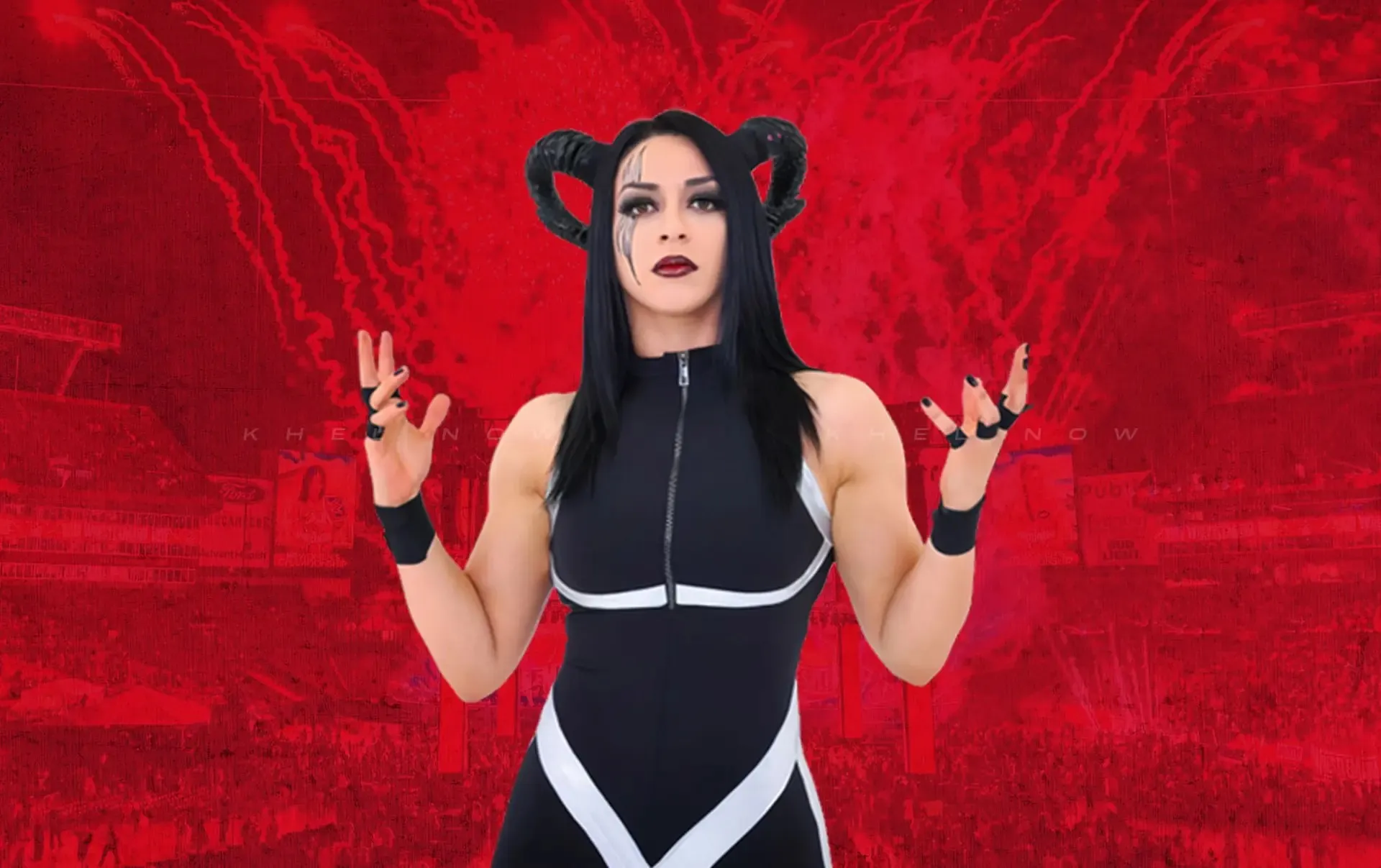

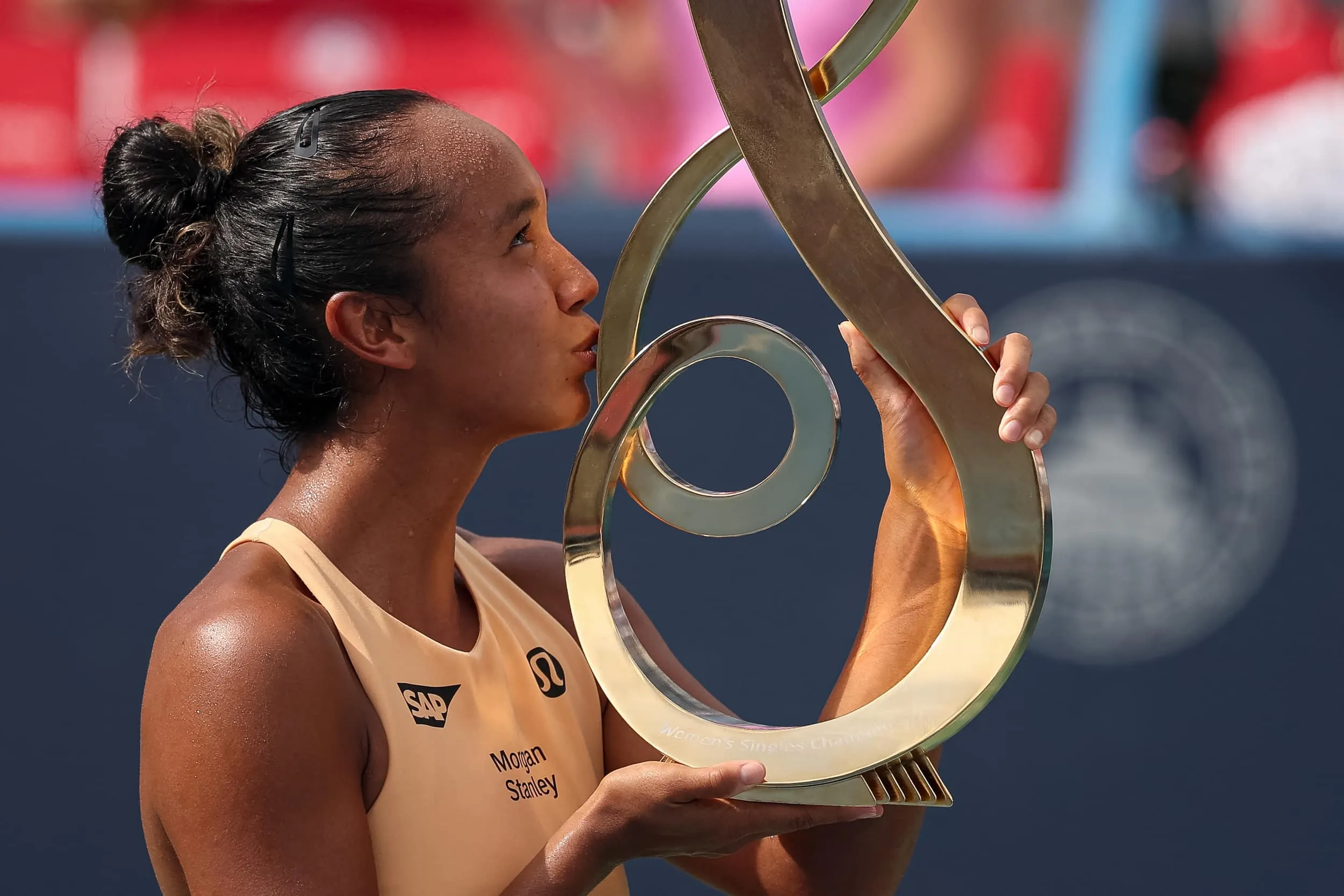
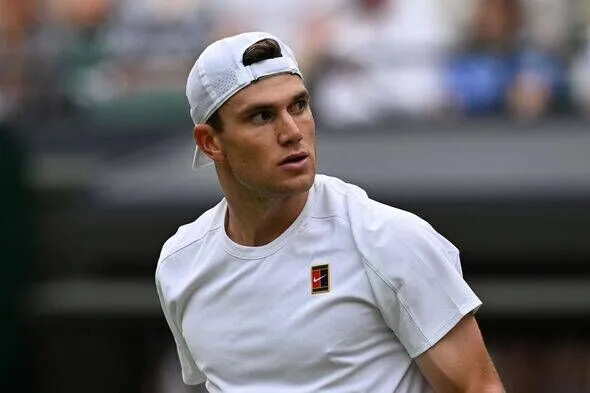

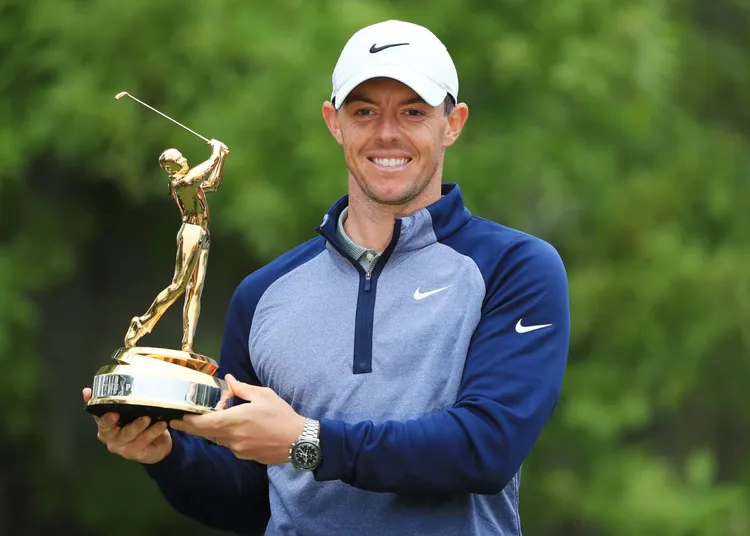

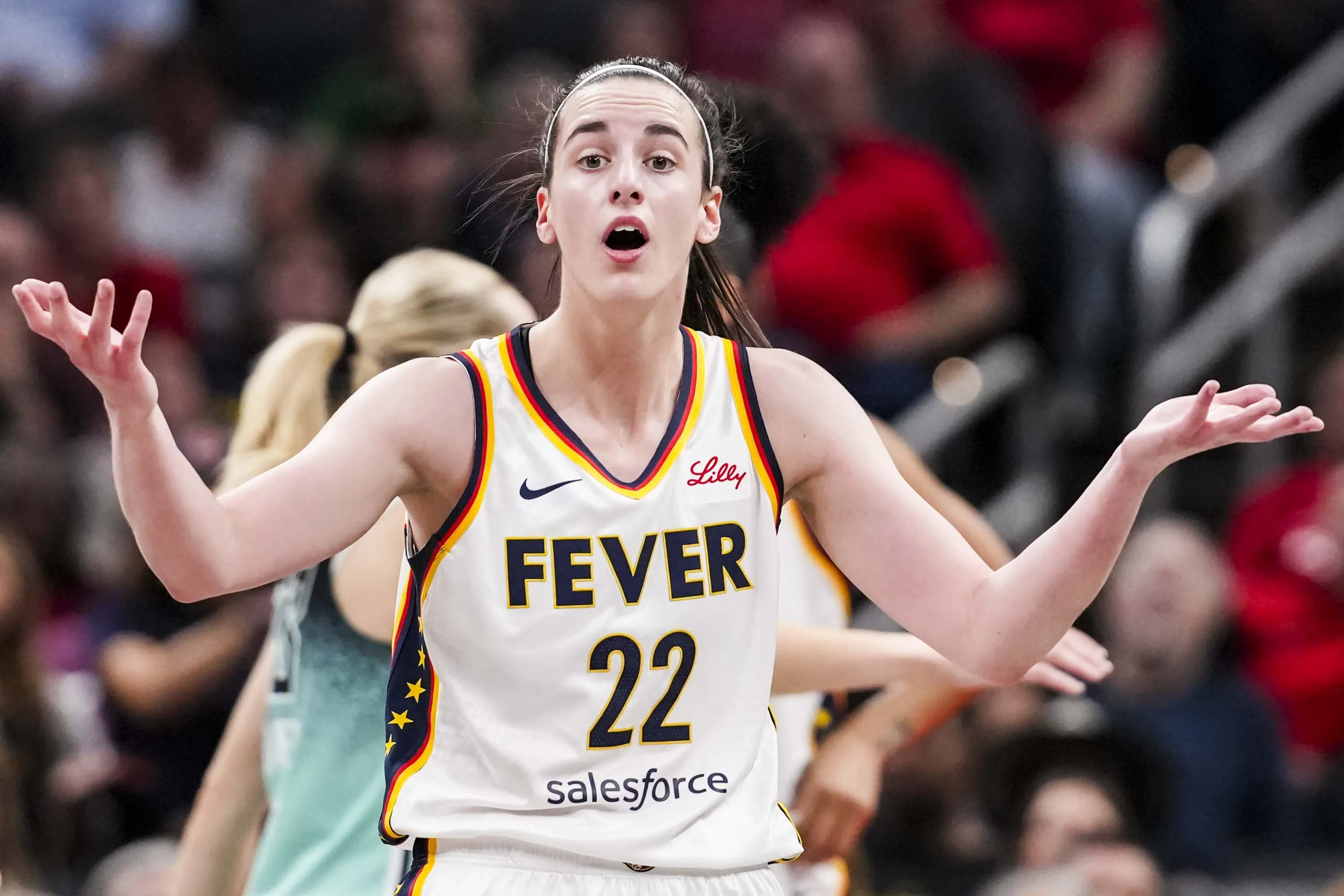
Nguyen Hoai Thanh
Nguyen Hoai Thanh is the Founder and CEO of Metaconex. With 12 years of experience in developing websites, applications and digital media, Nguyen Hoai Thanh has many stories and experiences of success to share.